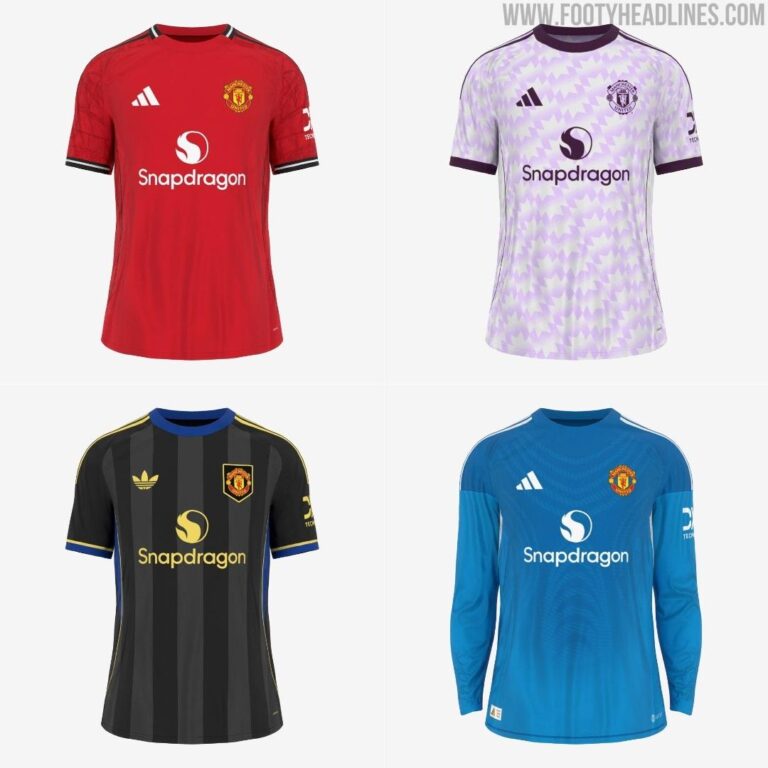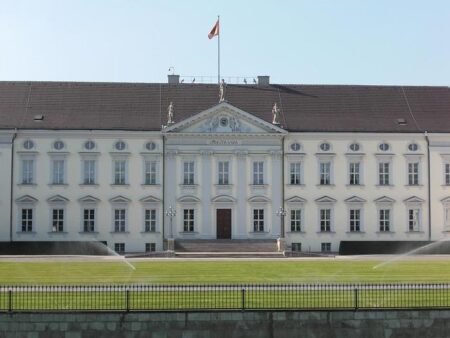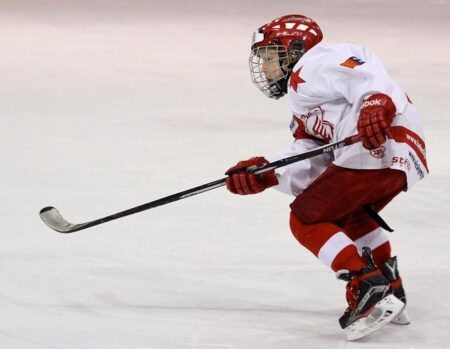Clash of Fans in Seville: A Prelude to the Europa League Final
In a distressing turn of events that overshadowed the excitement surrounding the much-anticipated Europa league final, violence erupted between supporters of Manchester United and Tottenham Hotspur in Seville, Spain. As fans gathered for the ┬Ż100 million showdown, what began as pre-match enthusiasm quickly devolved into chaos, resulting in multiple injuries among attendees. Witnesses reported scenes filled with turmoil, including flares being ignited and law enforcement struggling to maintain order amidst rising tensions. The fierce rivalry between these two clubs has been exacerbated by both the stakes of this significant match and a long-standing competitive history.
This alarming incident raises serious questions about fan conduct at major sporting events and has prompted local authorities to enforce stricter security protocols. some measures being considered include:
- Heightened police presence in areas frequented by fans.
- Prohibition on alcohol sales leading up to the match to mitigate potential violence.
- Advanced surveillance systems, such as CCTV cameras, aimed at monitoring fan interactions closely.
The repercussions from this violent encounter have sparked concerns regarding not only fan safety but also the overall integrity of such high-profile events. With kickoff approaching, event organizers are under immense pressure to create a secure atmosphere for all attendees while raising critical questions about how clubs manage their supporters internationally.
Understanding Fan Rivalries: The Roots of Violent Outbursts
The recent altercation between Manchester United and Tottenham fans serves as an illustration of deeper issues embedded within sports cultureŌĆöissues fueled by passion, loyalty, and sometimes aggression. Several factors contribute to these confrontations:
- Past Context: Long-standing rivalries can heighten emotions; matches are often perceived as battles for pride rather than mere games.
- Binge Drinking: Excessive drinking before matches can escalate tensions and lead to poor judgment among fans.
- The Role of Social Media: Online platforms can intensify hostilities by allowing fans to provoke one another easily.
- Cultural Identity: Many supporters tie their self-esteem closely with their team’s performance, creating volatile situations during losses or rival encounters.
A comprehensive understanding of these dynamics requires examining geographical proximity between clubs, demographic factors among fans, and economic disparities that may influence behavior. Below is a table summarizing key elements contributing to fan aggression:
| Causal Element | Description | |
|---|---|---|
| Cultural Geography | The closeness of teams often breeds intense local rivalries that fuel passion among supporters. | |
| Demographic Factors td >The cultural backgrounds and economic statusŌĆŗof fans shape their perspectivesŌĆŗand interactions during matches. |
Media Influence
| Intense media focus on games creates sensational narratives around rivalries. |
|
Strategies for enhancing Fan Behavior and Safety at Sporting Events
The recent clash involving Manchester United and tottenham supporters underscores an urgent need for strategies aimed at fostering safe environments during major sporting events. Organizers should consider implementing robust security measures that encompass:
- A thorough assessment process for fan behavior upon entry into venues;
- An increased numberŌĆŗof trained security personnel present throughout event areas;
- A collaborative approach with local law enforcement agencies ensuring rapid response capabilities during disturbances;
Additionally ,cultivating a culture centered around respect among fans is essential . Clubs should initiate community outreach programs designed ŌĆŗto educate followers about violence’s impact on sportsmanship . such initiatives could involve :
| Programme Type | Description | fan Education Workshops</ td <
| Interactive sessions focused on promoting responsible behaviors amongst supporters.< / td < | / tr <tr Positive Social Media Campaigns</ td <
| Utilizing influencersŌĆŗto share uplifting narratives surrounding sportsmanship.< / t d< | / tr <tr joint Community Events</ t d<
| Create opportunities where rival groups engage together fostering camaraderie.< / | t d< / tr </ tbody </ table Conclusion: A Call for Reflection Amidst Rivalry PassionThe violent confrontation between Manchester United and Tottenham Hotspur enthusiasts serves as a poignant reminder regarding football’s passionate natureŌĆöand how swiftly rivalry can spiral out control . As anticipation builds towards this monumental ┬Ż100 million Europa League final , it becomes increasingly clear that improved crowd management practices must be prioritized within football governance structures .With emotions running high , itŌĆÖs vital that all involved remember what truly mattersŌĆöthe spirit behind sportŌĆöand work collectively towards ensuring safety remains paramount moving forward. As global attention shifts back onto pitch action , let us learn from past incidents so we may preserve footballŌĆÖs role as unifying force rather than divisive element in our communities. |
|---|




